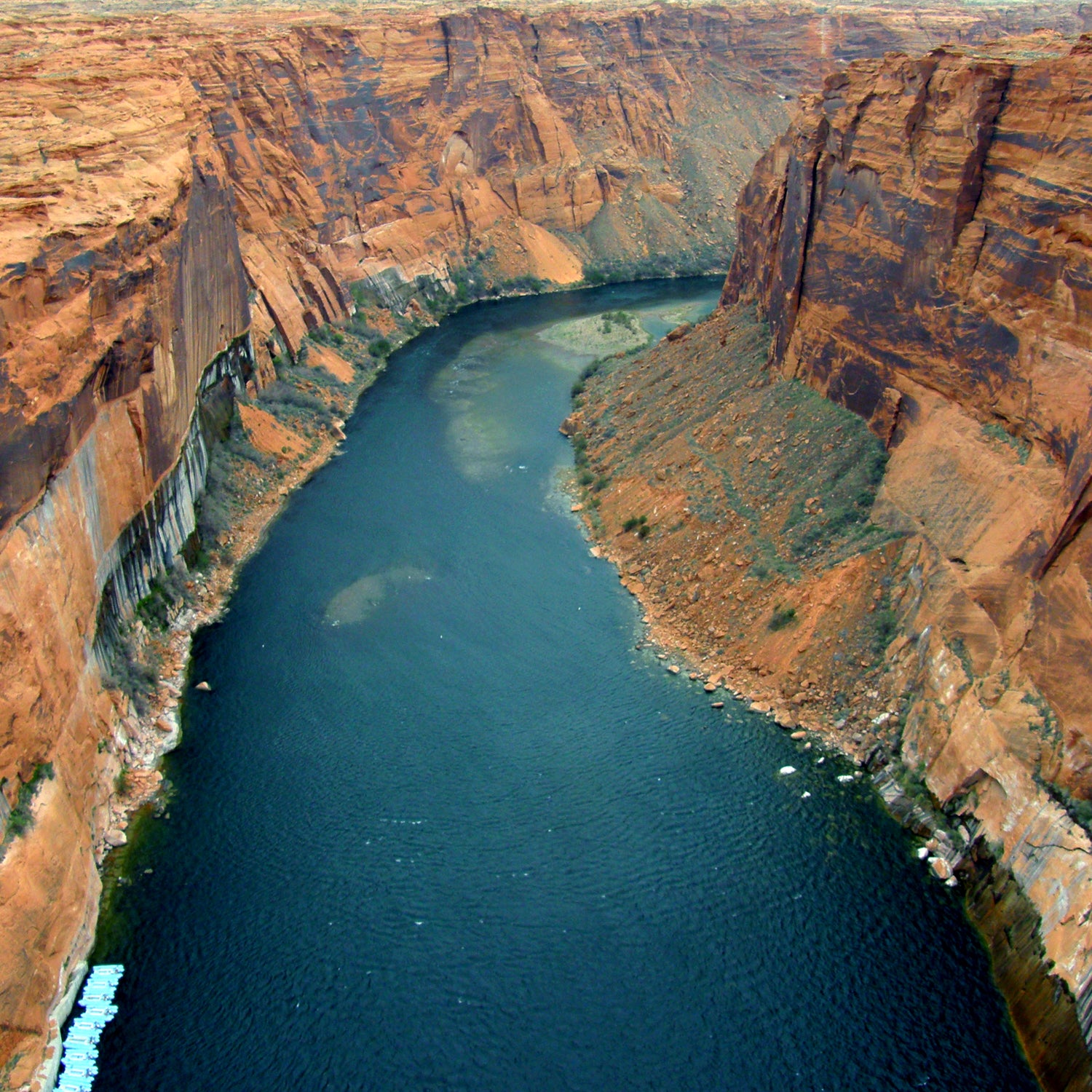The 277-mile stretch of the Colorado River that passes through the Grand Canyon has landed at the top of conservationist group American Rivers’ list of Most Endangered Rivers, . The group cites a “battery of threats” to the health and wild nature of the Grand Canyon, including housing developments, uranium mining, and the proposed the Grand Canyon Escalade tram, which would carry visitors from the canyon’s East Rim down to the confluence of the Colorado and Little Colorado Rivers.
“The Grand Canyon is facing the biggest threats in a generation,” said Bob Irvin, president of American Rivers, . “The Colorado River in the Grand Canyon is an irreplaceable national treasure that should be preserved for all of us, for all time. The Grand Canyon is not for sale.”
��
The Escalade project would involve construction on Navajo Nation land and must gain approval from the tribal council before proceeding. If it passes, as many as 10,000 people could travel to the base of the Grand Canyon each day. Projects associated with the tram, including a restaurant, gift shop, and restrooms, would present noise, human waste, and pollution issues that American Rivers directors say could “forever damage the canyon’s remote, wild character.” At the same time, American Rivers representatives list as unacceptable threats the��existing active uranium mines in the vicinity of the Grand Canyon, as well as developments in the town of Tusayan,��where potential spa, dude ranch, and lodgings could overdraw groundwater from the aquifer.
The American Rivers listing confines itself to issues affecting northern Arizona. As �����ԹϺ�����wrote last June, however, problems with the Colorado River are bound to affect the entire Southwest, where a historic 14-year drought has coincided with unrelenting residential growth and crucial agricultural activity, all of which depend heavily on the waterway’s health and safety.


